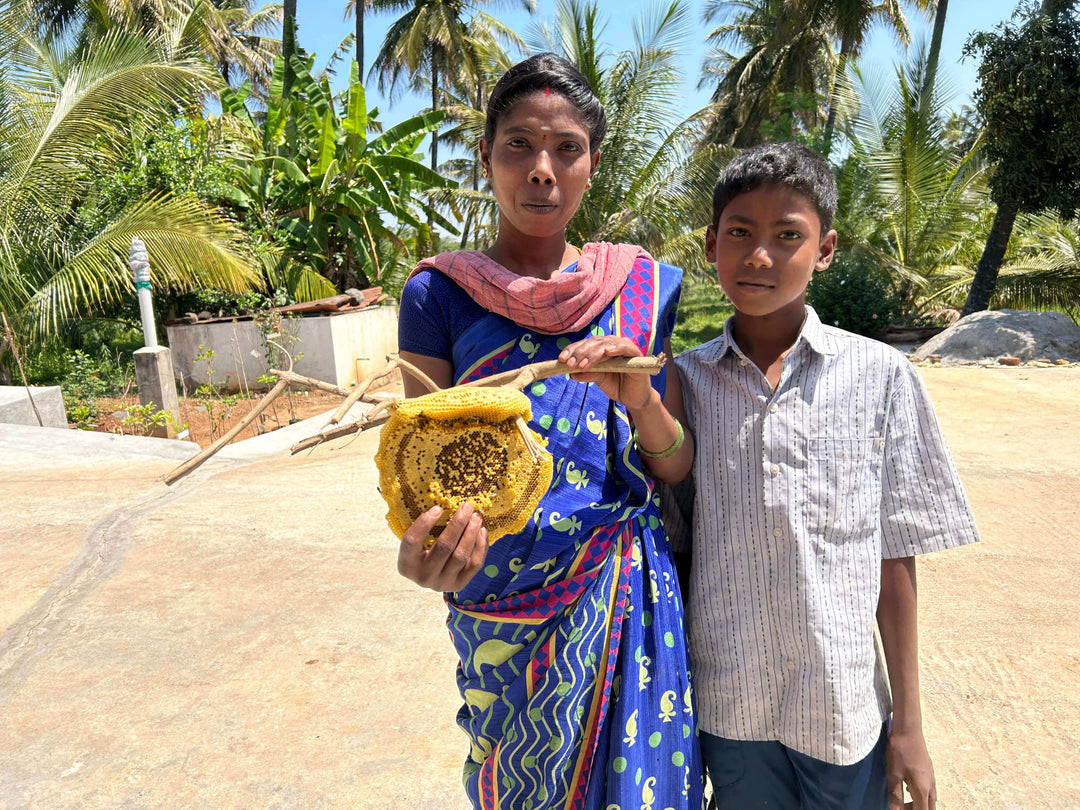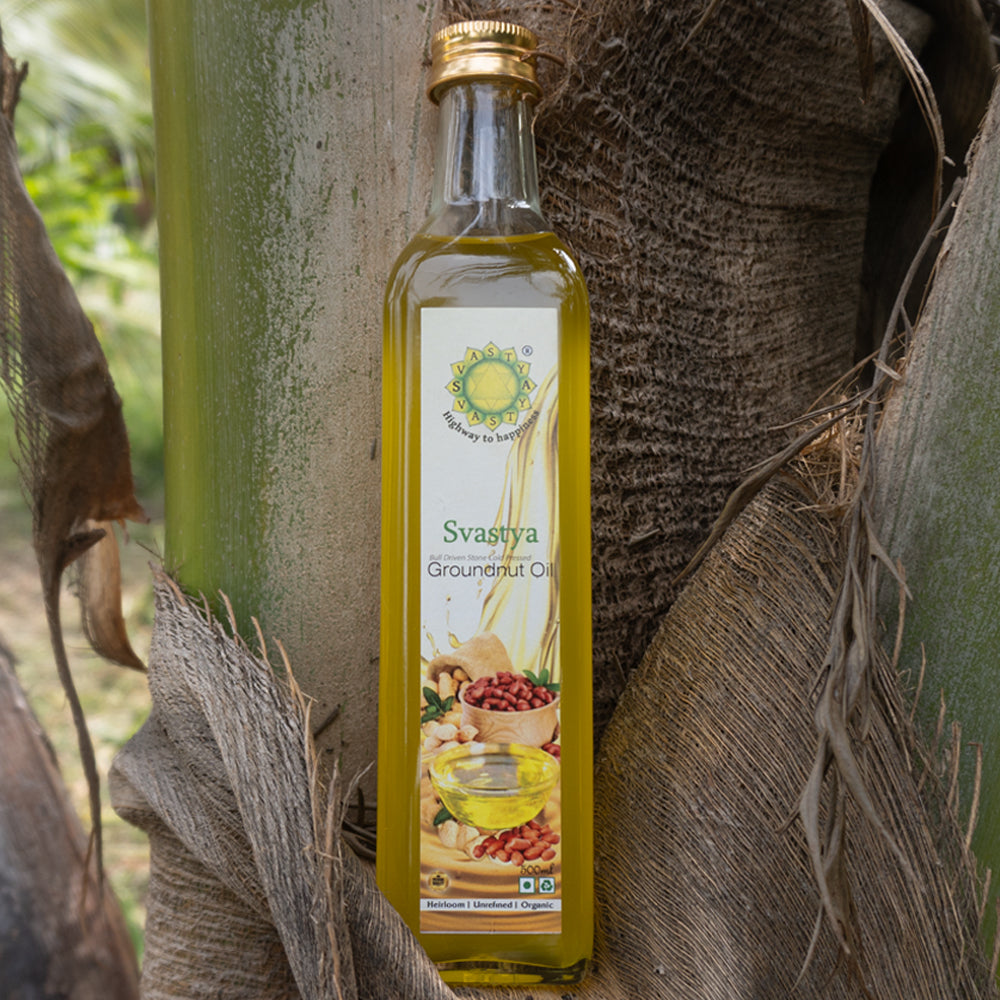Cover Crops
What are cover crops?
Cover crops are distinct from cash crops, such as corn or soybeans, which a farmer sells for a profit.
The primary function of cover crops is to improve the soil. They are planted in fields that would otherwise be bare, such as those between growing seasons, to protect the soil from erosion and nutrient loss.
Cover crops also aid in weed control, pest and disease control, water availability, and biodiversity on the farm. Consider cover crops to be living mulch.


Examples of cover crops include mustard (pictured), alfalfa, rye, clovers, buckwheat, cowpeas, radish, vetch, Sudan grass, Austrian winter peas, and more.
How it works
When a farmer grows a cash crop, the plants draw nutrients from the soil. Those nutrients must be returned after harvesting to ensure that the next crop is equally abundant.
Certain cover crops have the unique ability to "fix" nutrients such as nitrogen from the atmosphere and return them to the soil, making them an essential tool for maintaining and increasing soil fertility without the use of chemicals.

Vetch, a nitrogen-fixing cover crop
Uses on the farm
Cover crops are an essential component of organic no-till farming. They aid in the return of nutrients to the soil and, when rolled by the roller crimper, form a weed-controlling mulch.
Many cover crops can be planted for profit, fertility, or weed control, depending on the farmer's intentions. Austrian winter peas, alfalfa, rye, mustard, oats, and buckwheat are a few examples.
Cover crops also help farmers sequester more carbon to combat greenhouse gas emissions by keeping something green and growing all year.

Inspecting cover crop residue in a corn field
To return nutrients to their soils and fight weeds, conventional farmers rely on synthetic fertilisers and chemical herbicides. These methods have a slew of unintended consequences, including water pollution, soil erosion, and the loss of vital biodiversity.
Because synthetic inputs are not permitted in organic agriculture, organic farmers must rely on alternative methods, such as cover cropping, to achieve the same results.







